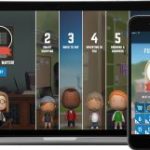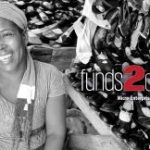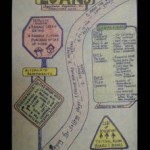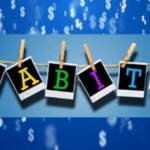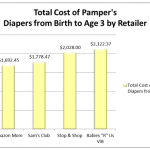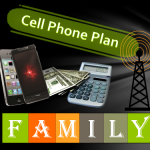
Over the past year I have viewed many articles about how to tell the difference between real news and fake news which got me thinking about the legitimacy of charitable organizations and donations. The consumer rights explain how we need to be informed so we can make wise choices. This is true of making charitable donations as well! After all, people want to make sure their hard earned money is truly going to the cause when they make their contributions! This mini-lesson shows students how to investigate their charities of interest so they can make an informed decision when making charitable donations!


